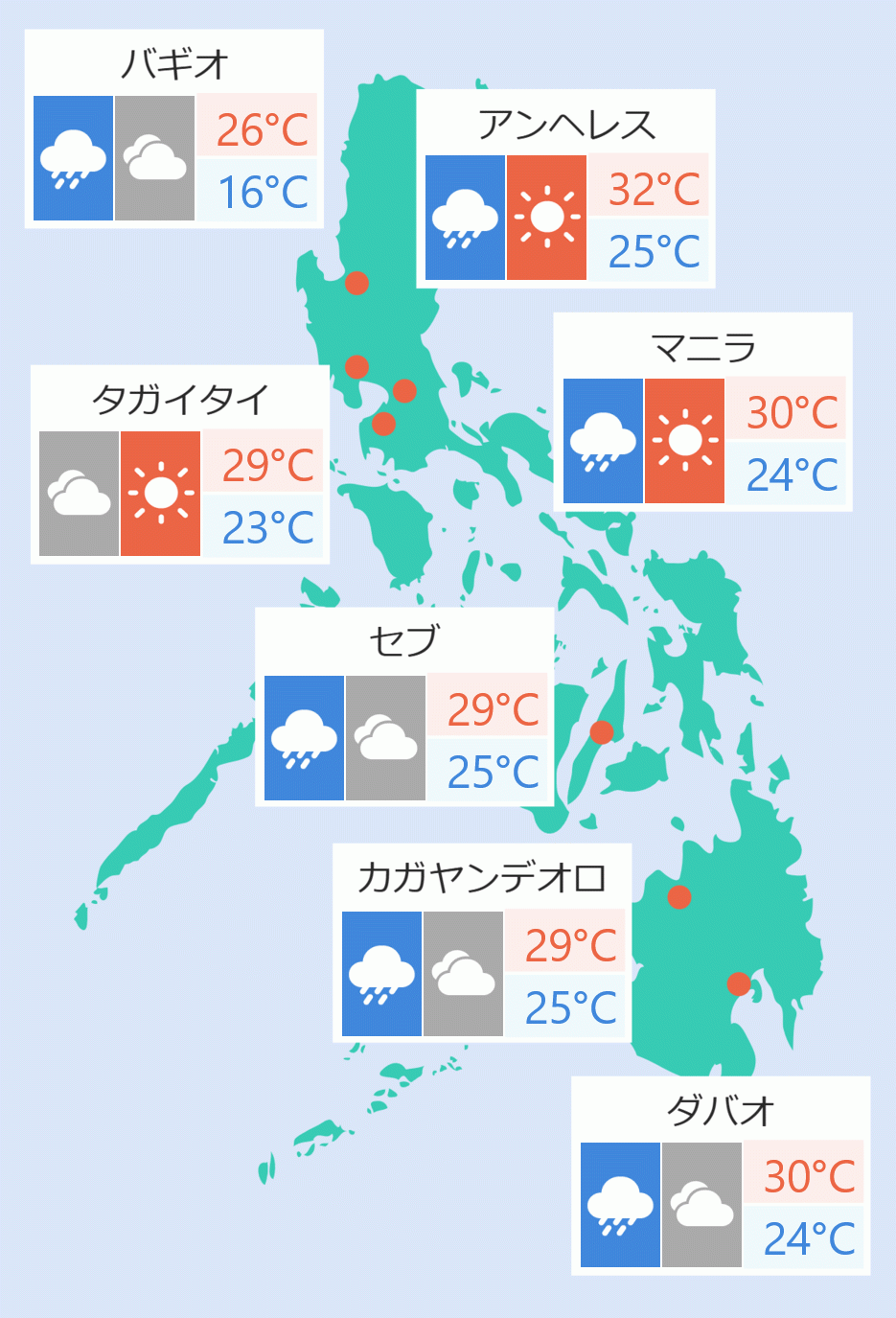By Robina Asido
The Philippine economy is expected to grow at 5.7 percent for 2022, the World Bank's Philippine Economic Update report stated Wednesday.
It is lower than the government's 7-8 percent growth target for 2022 which was revised lower from 7-9 percent.
"The growth outlook is positive but subject to downside risks. The Philippines is projected to grow at 5.7 percent in 2022 and 5.6 percent, on average, in 2023-24, in line with its lower, long-term potential rate," the World Bank report stated.
The report said "growth will anchor on recovering domestic demand and sustained public investments amid an anticipated recovery among emerging market and developing economies (EMDEs) next year."
"The reopening will benefit the services sector, especially transportation, restaurant and food services, and wholesale and retail trade," it stated.
"Sustained public investments and reinvigorated domestic activities will likely raise the demand for construction and industry," it added.
It also noted that although the Philippines showed strong growth in the first quarter with 8.3 percent from -3.8 percent in the first quarter of 2021, the recovery across the sectors is uneven.
"While most sectors have caught up to their pre-pandemic levels, some sectors such as accommodation and food services, real estate services, and transport and storage have yet to return to their pre-pandemic output levels in 2019. This is indicative that the recovery has been uneven across sectors," it said.
The report said the fiscal deficit has narrowed in the first quarter while "public revenues were maintained at 15.9 percent of GDP, the same ratio as in the first quarter of last year."
"The unwinding of COVID-19-related fiscal support and the base effect from a one-time equity infusion to government financial institutions in the first quarter of 2021 resulted in slower growth of public expenditures in the first quarter of 2022," it stated.
"This reduced the fiscal deficit to 6.4 percent of GDP in the first quarter of 2022, down from 7.4 percent in the same period a year ago. Nevertheless, the deficit contributed to higher financing needs, which in turn increased central government debt from 60.4 percent at end-2021 to 63.5 percent in the first quarter of 2022," it added.
It also noted that growth "outlook faces downside risks from geopolitical uncertainty, abrupt tightening of global financing conditions, and growth deceleration of main trading partners like the United States and China."
"While the number of COVID-19 cases has been low for a long period, the threat of a new variant-driven surge hangs over the outlook," it stated.
It also emphasized the need for the authorities to continue to use its available policy tools to tame inflation.
"These tools include supply-side measures such as freer importation and lower tariffs and non-tariff barriers to help augment domestic supplies as needed; support to agricultural production through extension services, seeds, and fertilizers; and monetary tools to prevent a de-anchoring of inflation expectations," the report said. DMS



 日本語
日本語
 English
English








